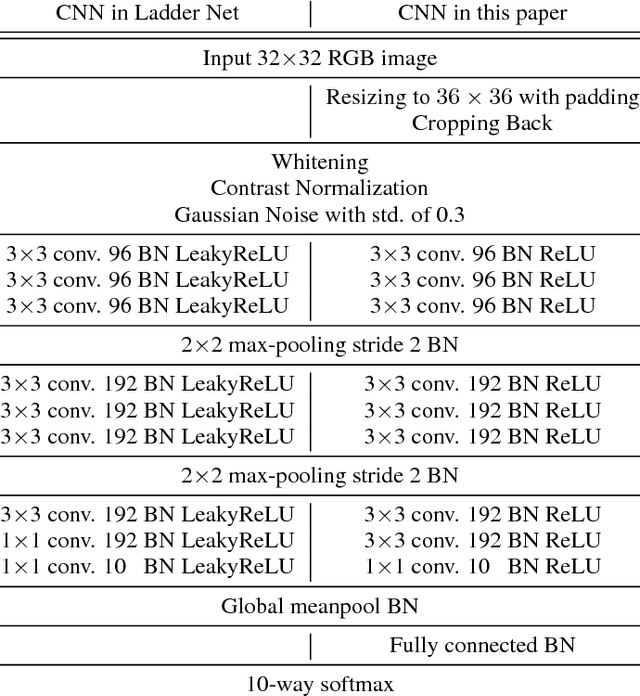Zilu Zhang
InternVL-X: Advancing and Accelerating InternVL Series with Efficient Visual Token Compression
Mar 27, 2025Abstract:Most multimodal large language models (MLLMs) treat visual tokens as "a sequence of text", integrating them with text tokens into a large language model (LLM). However, a great quantity of visual tokens significantly increases the demand for computational resources and time. In this paper, we propose InternVL-X, which outperforms the InternVL model in both performance and efficiency by incorporating three visual token compression methods. First, we propose a novel vision-language projector, PVTC. This component integrates adjacent visual embeddings to form a local query and utilizes the transformed CLS token as a global query, then performs point-to-region cross-attention through these local and global queries to more effectively convert visual features. Second, we present a layer-wise visual token compression module, LVTC, which compresses tokens in the LLM shallow layers and then expands them through upsampling and residual connections in the deeper layers. This significantly enhances the model computational efficiency. Futhermore, we propose an efficient high resolution slicing method, RVTC, which dynamically adjusts the number of visual tokens based on image area or length filtering. RVTC greatly enhances training efficiency with only a slight reduction in performance. By utilizing 20% or fewer visual tokens, InternVL-X achieves state-of-the-art performance on 7 public MLLM benchmarks, and improves the average metric by 2.34% across 12 tasks.
A Semantic Loss Function for Deep Learning with Symbolic Knowledge
Jun 08, 2018

Abstract:This paper develops a novel methodology for using symbolic knowledge in deep learning. From first principles, we derive a semantic loss function that bridges between neural output vectors and logical constraints. This loss function captures how close the neural network is to satisfying the constraints on its output. An experimental evaluation shows that it effectively guides the learner to achieve (near-)state-of-the-art results on semi-supervised multi-class classification. Moreover, it significantly increases the ability of the neural network to predict structured objects, such as rankings and paths. These discrete concepts are tremendously difficult to learn, and benefit from a tight integration of deep learning and symbolic reasoning methods.
 Add to Chrome
Add to Chrome Add to Firefox
Add to Firefox Add to Edge
Add to Edge